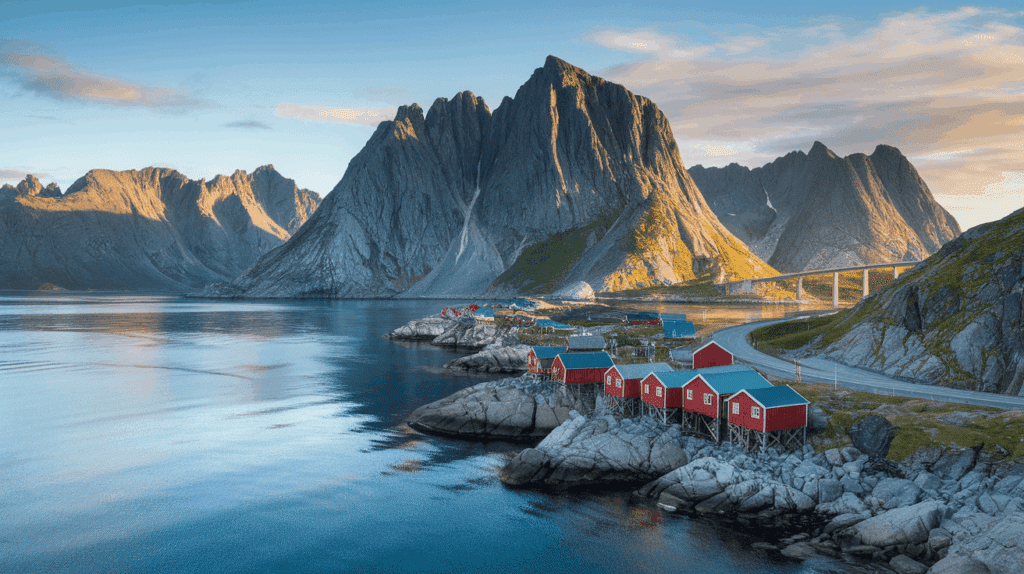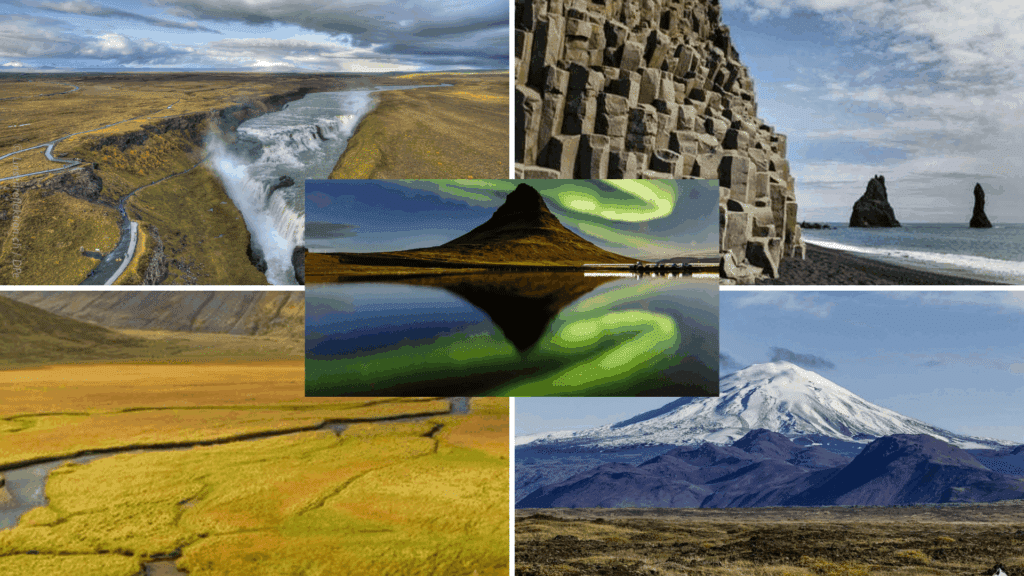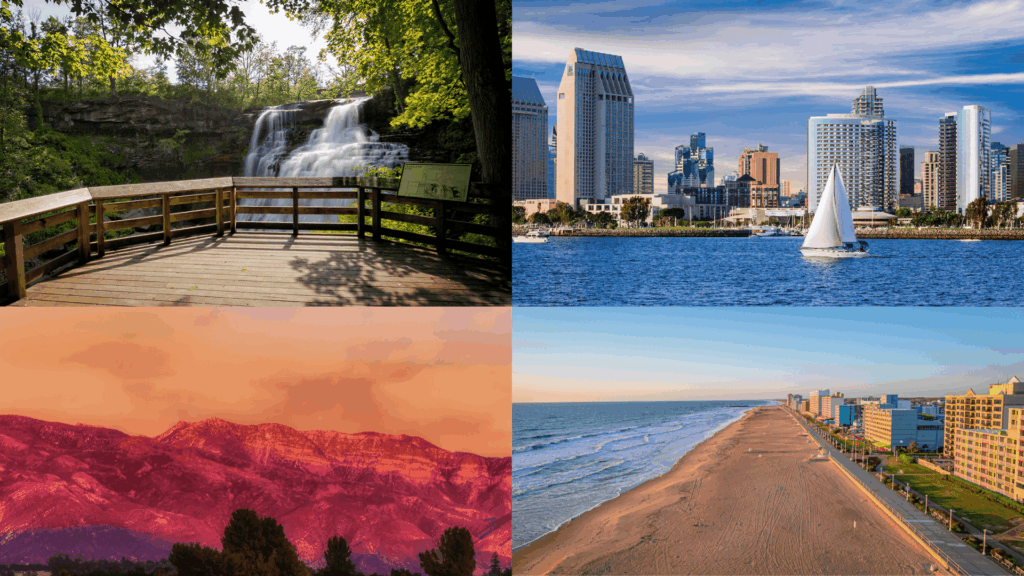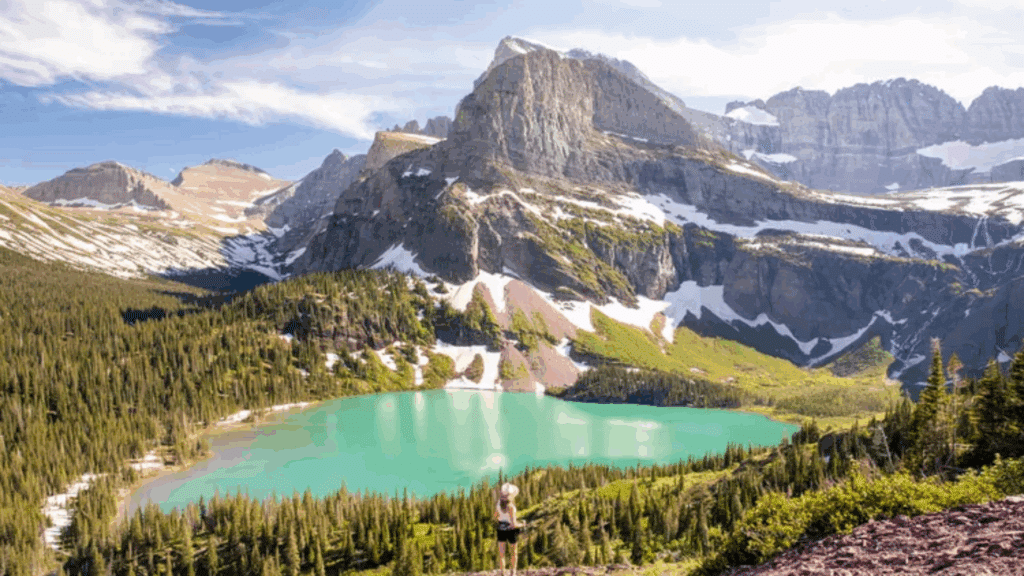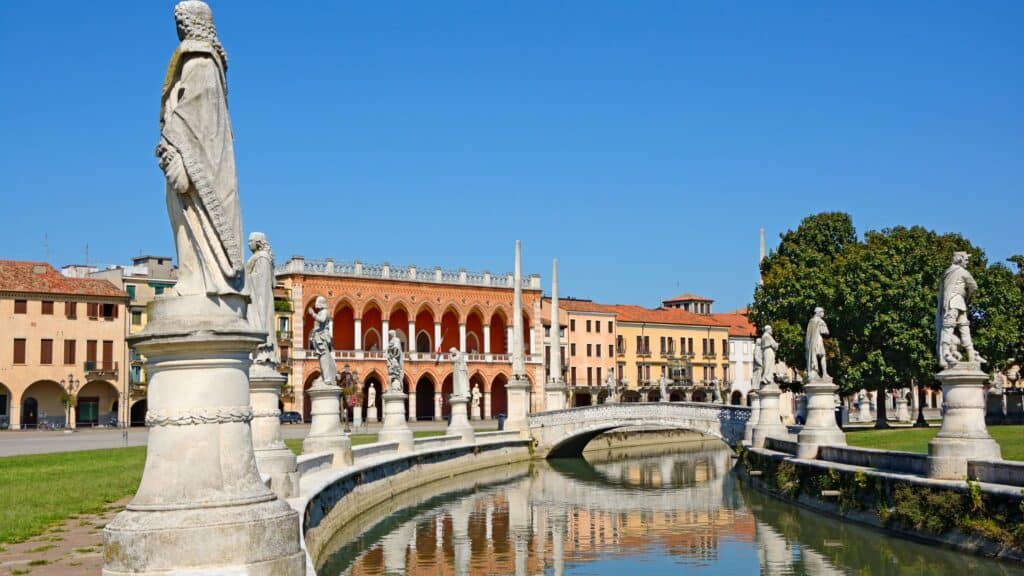Want to visit Norway’s most beautiful islands but worried about how to get there?
The Lofoten Islands offer stunning mountain peaks and turquoise waters, but many travelers feel confused about transportation options to reach this remote Arctic destination.
Getting to the Lofoten islands is actually easier than most people think.
Multiple transportation routes work well, from quick flights to scenic ferry rides. Each option offers different benefits depending on your budget, time, and travel preferences.
Picture yourself exploring dramatic fishing villages and white sand beaches instead of stressing about complicated travel connections.
Knowing how to get to the Lofoten islands properly means you can focus on planning your activities rather than worrying about transportation logistics.
Why Visit the Lofoten Islands?
The Lofoten Islands sit above the Arctic Circle in Northern Norway.
These remote islands offer dramatic peaks rising straight from turquoise waters, creating some of the world’s most stunning scenery.
What makes the Lofoten Islands special?
- Dramatic mountains: Granite peaks shoot up from the ocean without warning
- Traditional fishing villages: Red wooden houses preserve centuries of Norwegian culture
- White-sand beaches: Surprising Arctic beaches with crystal-clear water
- Midnight Sun: From May to July, the sun never sets completely
- Northern Lights: Winter brings brilliant green and purple displays
- Adventure activities: Hike trails, kayak fjords, or try Arctic surfing
Learning how to get to the Lofoten islands takes some planning due to their remote location. But this distance from crowded tourist spots makes them truly special, and the trip becomes part of the adventure itself.
Reaching the Lofoten Islands: 6 Ways
You have several ways to learn how to get to the Lofoten islands. Each option offers different benefits in terms of cost, time, and scenery. Here are the 6 main routes to get there:
1. Fly Direct to Leknes or Svolvær
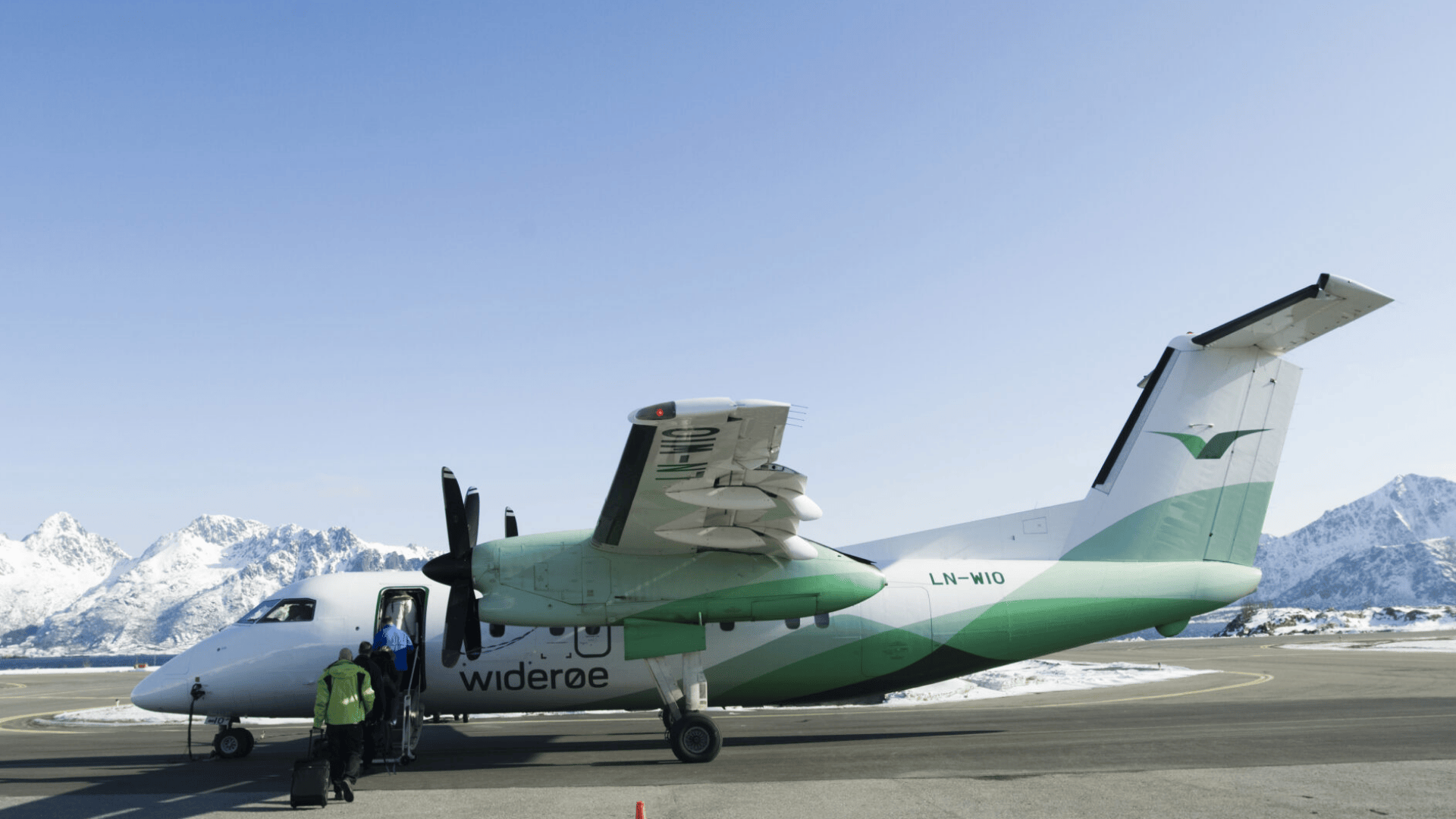
Image Source: VisitLofoten
Flying straight to the Lofoten Islands is the quickest way to get there. Two small airports serve the islands: Leknes Airport (LKN) and Svolvær Airport (SVJ).
Airlines and Flight Details
SAS operates most flights to these airports through connections in Bodø, Tromsø, or Oslo.
Some flights run only during summer months, so check schedules carefully. From Oslo, expect one stop in Bodø with direct flights from Bodø to Leknes taking just 25 minutes.
Travel Time & Cost
- Time: 3-4 hours from Oslo (including connection)
- Cost: 2,000-4,000 NOK ($180-$360) round-trip
- Direct flight time: 25 minutes from Bodø
Best For: Perfect for travelers who value time over money and want the fastest route to Lofoten. Not ideal if you’re on a tight budget or want to see Norwegian scenery during your travel.
2. Fly to Bodø + Ferry to Lofoten
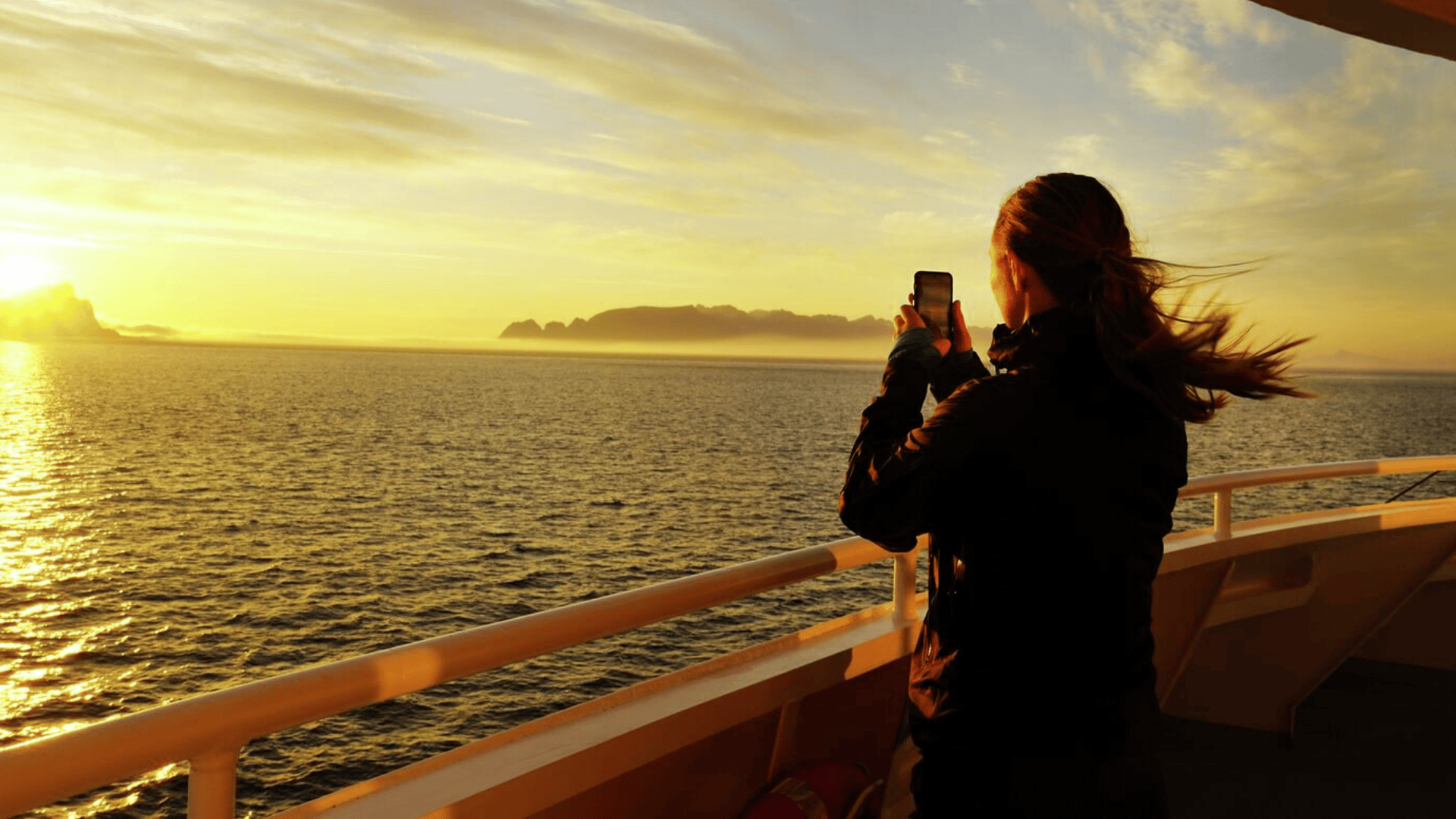
Image Source: VisitLofoten
Many travelers find this the best balance of speed and scenery. Bodø has more flight options and bigger planes than the island airports, making it a reliable gateway to Lofoten.
Ferry Route Options
Two main ferry routes connect Bodø to the Lofoten Islands: Bodø to Moskenes (3-4 hours to southern Lofoten with 3-6 daily departures) and Bodø to Svolvær (2.5-hour fast boats during summer months).
Book ferry tickets online at least a week ahead during peak season, as summer brings more tourists.
Travel Time & Cost
- Flight time: 1.5 hours from Oslo to Bodø
- Ferry time: 2.5-4 hours, depending on route
- Total time: 5-7 hours, including connections
- Flight cost: 1,000-2,500 NOK ($90-$225)
- Ferry cost: 400 NOK ($36) per person + 800-1,200 NOK ($72-$108) for cars
Best For: Perfect for travelers who want a good balance of speed, cost, and scenic beauty during the trip. Not ideal if you have very tight schedules or get seasick easily on ferries.
3. Fly to Evenes (Harstad/Narvik) + Drive or Bus
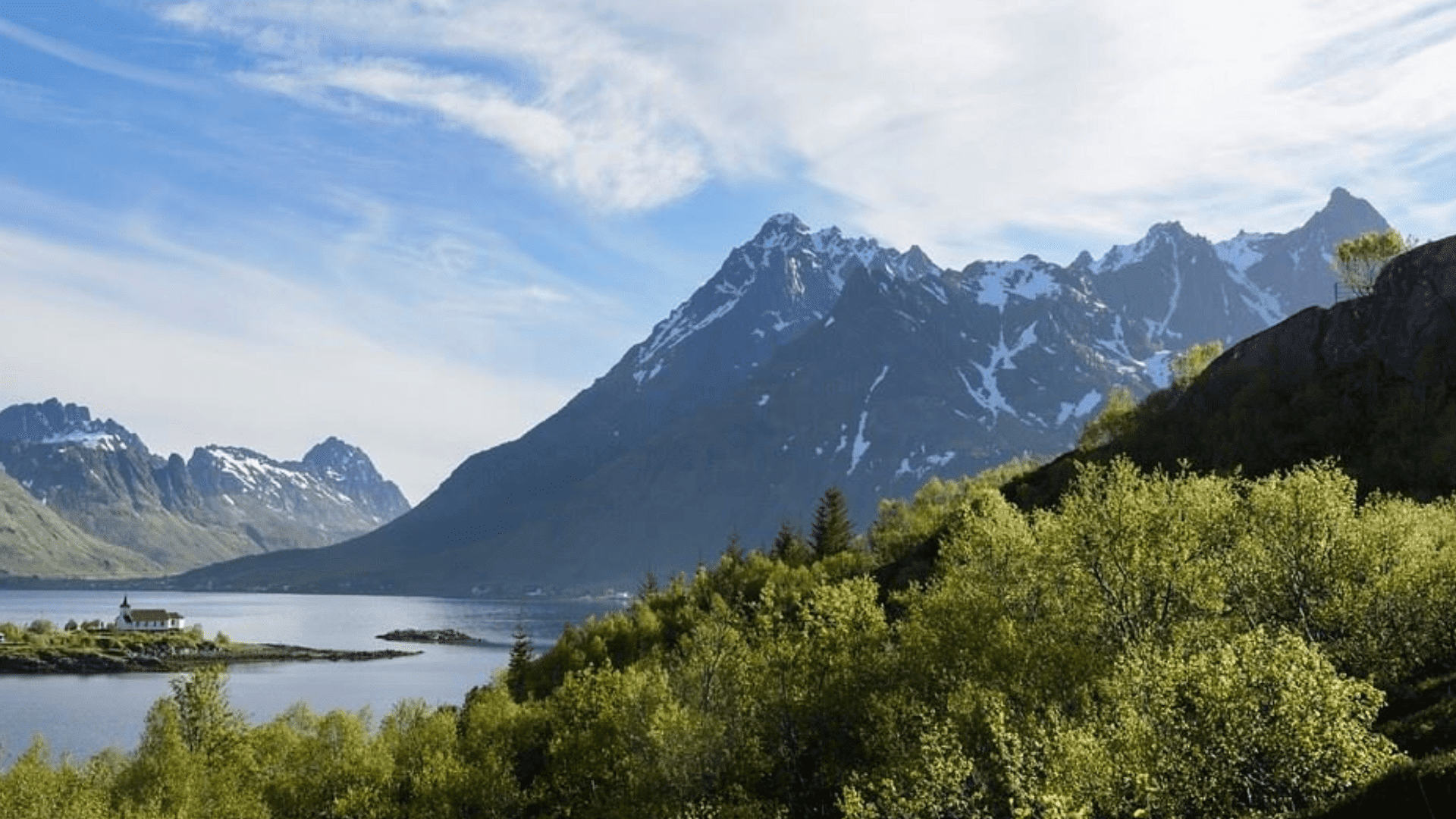
Image Source: VisitLofoten
Evenes Airport (EVE) serves the Harstad-Narvik area and works well for travelers who want to explore Lofoten by car. This airport handles larger planes than the island airports but offers fewer daily flights.
Driving the E10 Highway
The drive from Evenes to Lofoten follows the famous E10 highway, crossing several dramatic bridges that connect the islands.
This route offers some of Norway’s most stunning mountain and fjord views. Travel Pass Nordland also operates bus routes from Evenes with 2-3 daily departures if you prefer public transport.
Travel Time & Cost
- Flight time: 1.5-2 hours from Oslo
- Drive time: 3-5 hours from the airport
- Bus time: 4-6 hours with stops
- Flight cost: 1,200-2,800 NOK ($108-$252)
- Bus cost: 300-500 NOK ($27-$45)
- Car rental: 400-800 NOK ($36-$72) per day
Best For: Perfect for travelers who plan to rent a car and explore multiple Lofoten villages at their own pace. Not ideal if you don’t want to drive mountain roads or prefer direct routes without transfers.
4. Drive via E10 + Vehicle Ferry
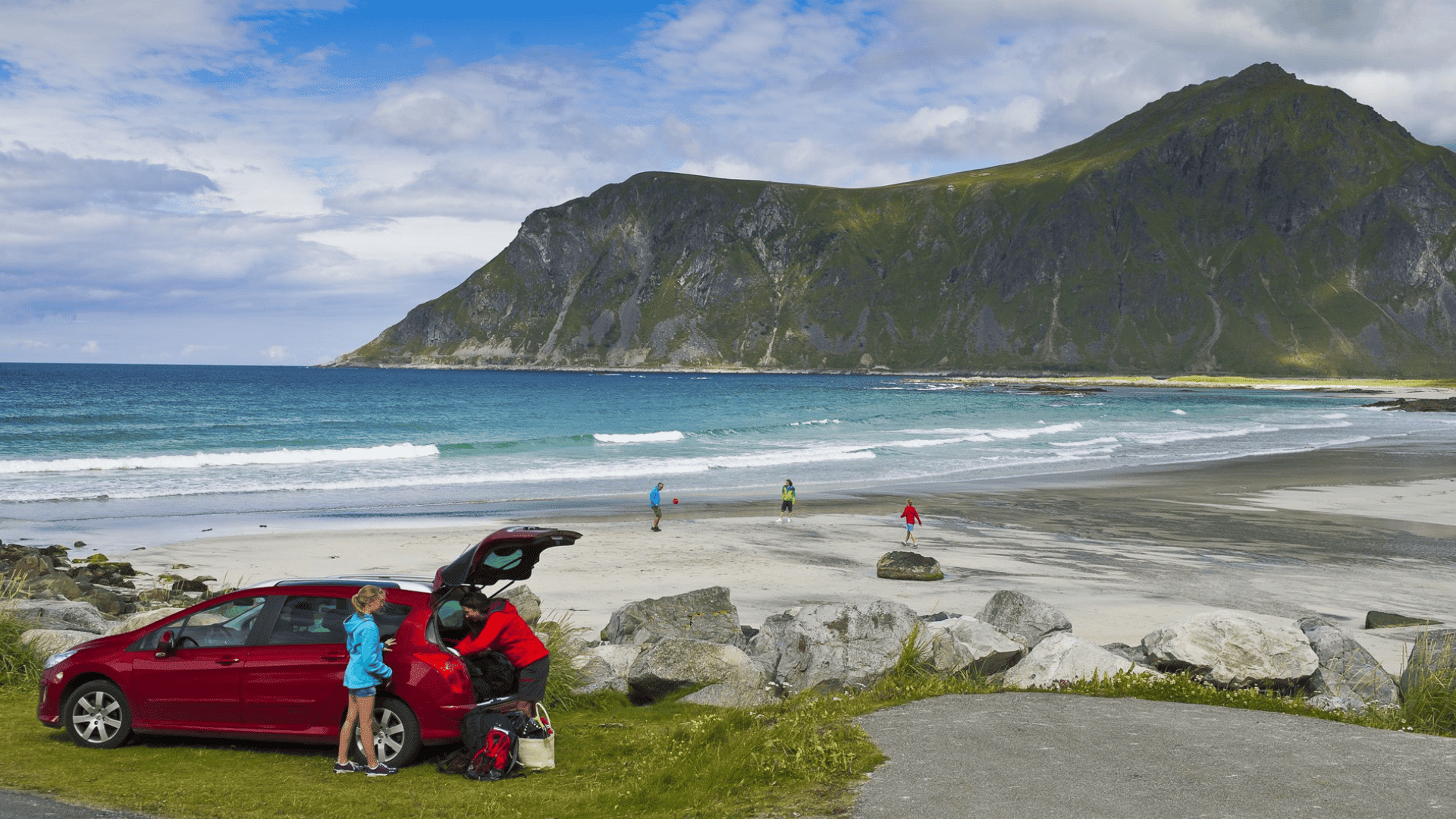
Image Source: VisitLofoten
Driving to Lofoten lets you see more of Norway and brings your own car for island exploring. This option appeals to travelers who enjoy road trips and want maximum flexibility once they arrive.
Cross-Country Driving Routes
From mainland Norway, follow the E6 north to connect with local roads leading to ferry terminals. International travelers can enter from Sweden via Riksgränsen or Tornio, or from Finland via Tornio or Utsjoki.
The drive passes through beautiful areas like the Helgeland coast and Saltfjellet mountains – perfect for photo stops and short hikes.
Travel Time & Cost
- Drive time: 12-20 hours from Oslo (depending on route and stops)
- Ferry crossing: 1-2 hours
- Fuel cost: 1,500-2,000 NOK ($135-$180) from Oslo
- Ferry cost: 200-400 NOK ($18-$36) for car and passengers
- Total cost: 1,700-2,400 NOK ($153-$216)
Best For: Perfect for road trip lovers who enjoy long drives through stunning Norwegian countryside and want maximum flexibility. Not ideal if you’re short on time or uncomfortable driving long distances in mountain terrain.
5. Coastal Ferry / Hurtigruten or Havila
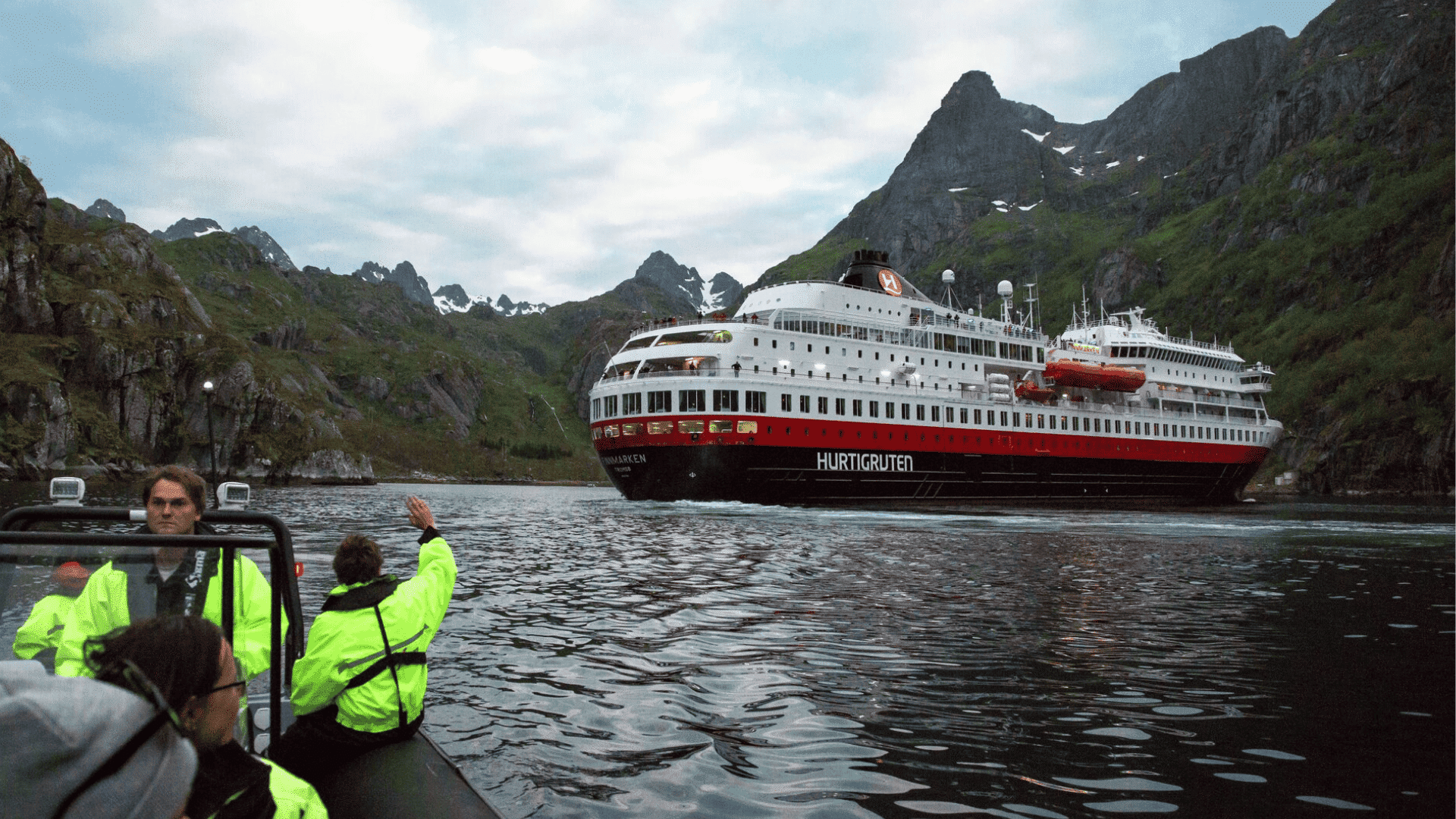
Image Source: VisitLofoten
Norway’s coastal ships offer a unique way to reach the Lofoten Islands. These ships have carried passengers and cargo along the coast for over 100 years, making them a piece of Norwegian history.
The Classic Norwegian Experience
Hurtigruten and Havila ships stop at several Lofoten ports, including Stamsund and Svolvær. You can board in Bergen, Trondheim, or other coastal cities for the northbound voyage.
Ships sail daily year-round with comfortable cabins, included meals, and panoramic views of the entire Norwegian coast – often called the world’s most beautiful sea voyage.
Travel Time & Cost
- Travel time: 2.5 days from Bergen
- Daily departures: Year-round service
- Cabin cost: Starting at 2,000 NOK ($180) per person for basic rooms
- Full voyage cost: 4,000-8,000 NOK ($360-$720) depending on cabin type
- Meals: Included in cabin price
Best For: Perfect for travelers who want a unique experience and enjoy slow travel with comfortable accommodations and meals included. Not ideal if you’re on a tight schedule or budget, or prefer to spend more time on land.
6. Public Transport Combo (Train + Bus + Ferry)

Image Source: VisitLofoten
Budget travelers can reach Lofoten using only public transport. This takes longer but costs much less than flying and offers a true local travel experience.
The Scenic Railway Route
The train from Oslo to Bodø ranks among the world’s most beautiful train rides, crossing mountain plateaus and passing countless lakes.
The 17-hour trip includes an overnight stop in Trondheim with comfortable sleeper cars available. From northern cities like Narvik, buses connect to ferry terminals using the Travel Pass Nordland network.
Travel Time & Cost
- Total time: 20-30 hours from Oslo
- Train time: 17 hours, Oslo to Bodø (overnight stop in Trondheim)
- Ferry time: 3-4 hours
- Train cost: Starting at 800 NOK ($72) for basic seats
- Ferry cost: 400 NOK ($36) per person
- Total budget cost: 1,200-1,500 NOK ($108-$135)
Best For: Perfect for budget-conscious travelers who enjoy slow travel and want to see the Norwegian countryside while meeting locals. Not ideal if you have limited vacation time or need to travel with lots of luggage.
Lofoten Islands Travel Tips
Good planning makes your trip to Lofoten smoother and more enjoyable.
1. Booking Flights & Ferries in Advance
Summer is peak season for Lofoten travel. Book flights 6-8 weeks ahead for better prices. Ferry reservations open 3 months in advance – book as soon as possible for summer travel.
Last-minute bookings in summer often mean no availability or very high prices.
2. Rental Car Strategies
Cars book up quickly in Lofoten, especially 4WD vehicles for mountain roads. Reserve your car when you book flights. Consider picking up cars in Bodø, Evenes, or Narvik rather than on the islands for more choices.
Check if your rental includes ferry crossings. Some companies charge extra fees for island travel.
3. Checking Seasonal Ferry Schedules
Ferry schedules change with the seasons. Winter schedules reduce departures due to weather and fewer passengers. Always check current schedules on ferry company websites before finalizing travel plans.
Sign up for ferry company alerts to get updates about delays or cancellations.
4. Using Regional Transport Passes
Travel Pass Nordland covers buses and some ferries throughout northern Norway. The pass can save money if you plan multiple trips within the region.
Day passes start at 300 NOK ($27) while week passes cost around 1,500 NOK ($135).
5. Weather Considerations for Winter Travel
Winter weather in Lofoten can be harsh. Flights and ferries may be canceled due to storms. Build extra days into your schedule during winter months (October-April).
Pack warm, waterproof clothing regardless of the season. Mountain weather changes quickly, even in summer.
The Bottom Line
Getting to the Lofoten islands becomes much simpler once you know your transportation options.
Each method offers its own rewards, from fast flights to scenic ferries, budget-friendly trains, or flexible driving routes. Match your chosen route to your priorities, like saving money, enjoying views, or minimizing travel time.
Summer brings midnight sun and easier transportation schedules, while winter offers northern lights and fewer crowds.
Pack appropriately for changing weather and book transportation early during peak season for the best availability and prices.
The dramatic peaks, fishing villages, and pristine beaches of the Lofoten islands await your arrival. Start planning your transportation today and soon be exploring one of Norway’s most remarkable destinations.
Have you decided which route to take to reach the Lofoten Islands? Share your transportation choice in the comments below.

